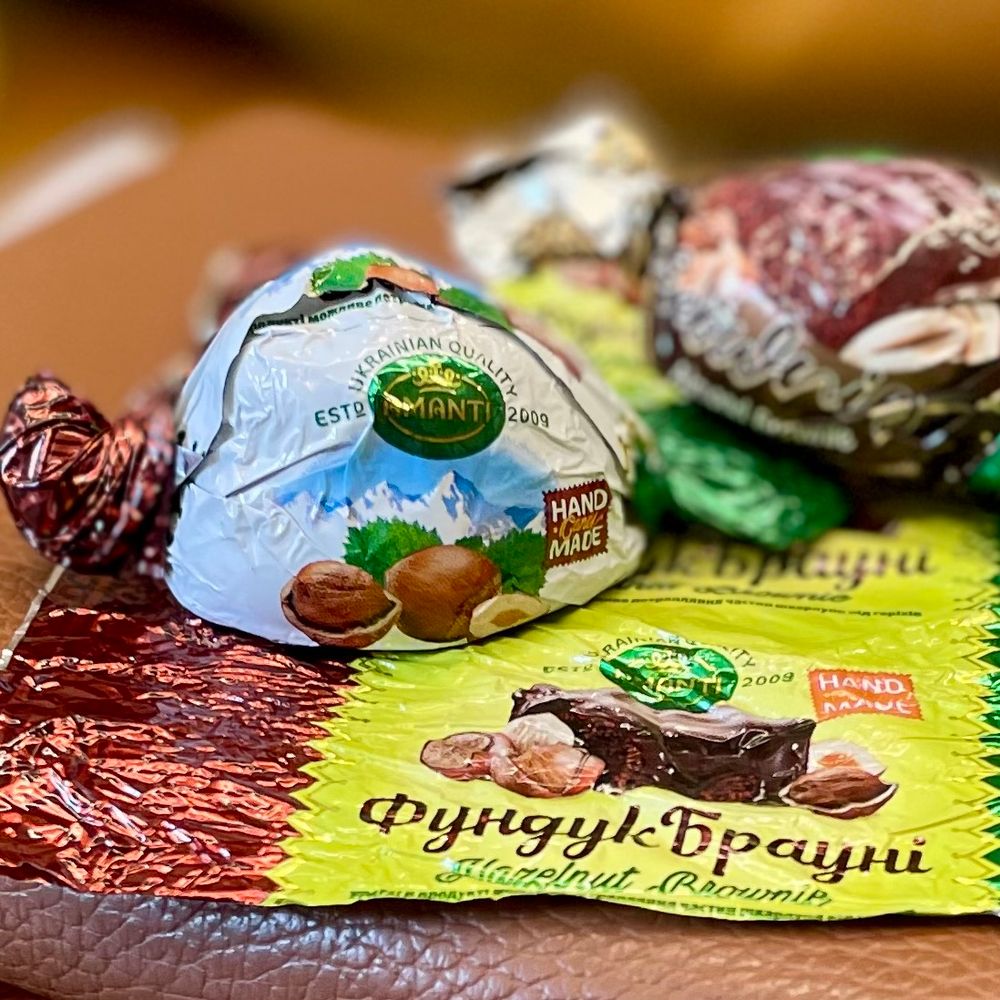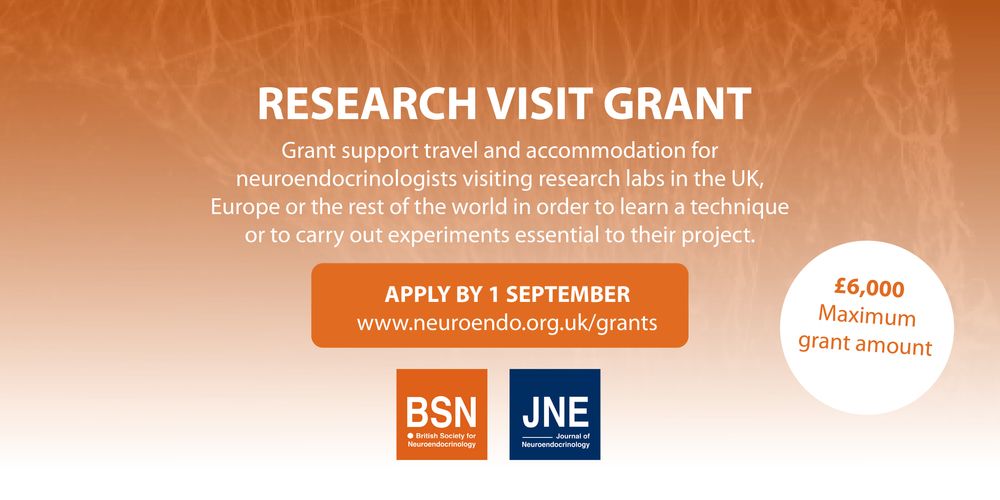Christian Broberger
@broberger.bsky.social
470 followers
210 following
86 posts
Neuroscientist at Stockholm University. 🧠. Our lab studies the neural network basis of innate behaviours, and structure-function relationships in oscillating brain circuits. All views my own. ”Of physiology from top to toe I sing”/W. Whitman.
Posts
Media
Videos
Starter Packs
Reposted by Christian Broberger
Reposted by Christian Broberger
Silvana Valtcheva
@svaltcheva.bsky.social
· Aug 18
Reposted by Christian Broberger








